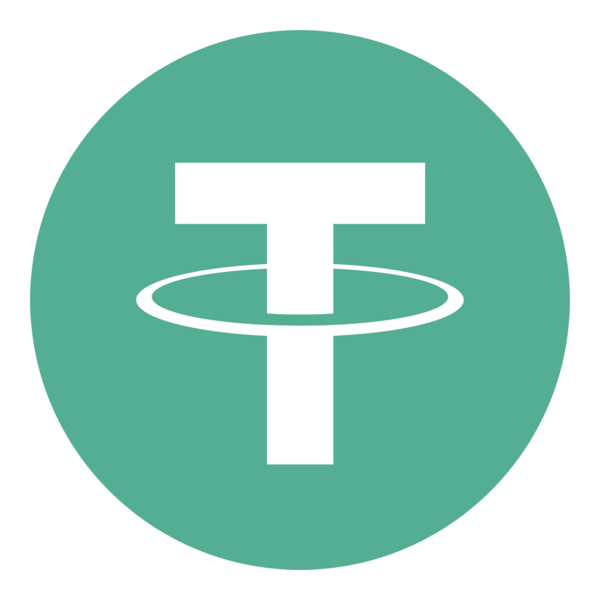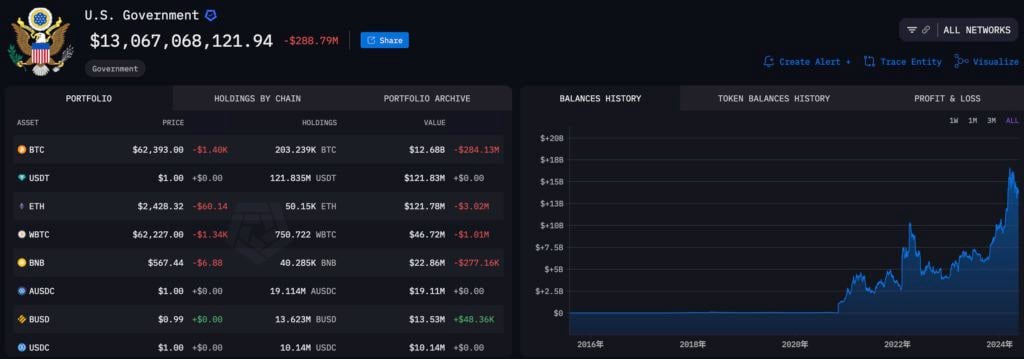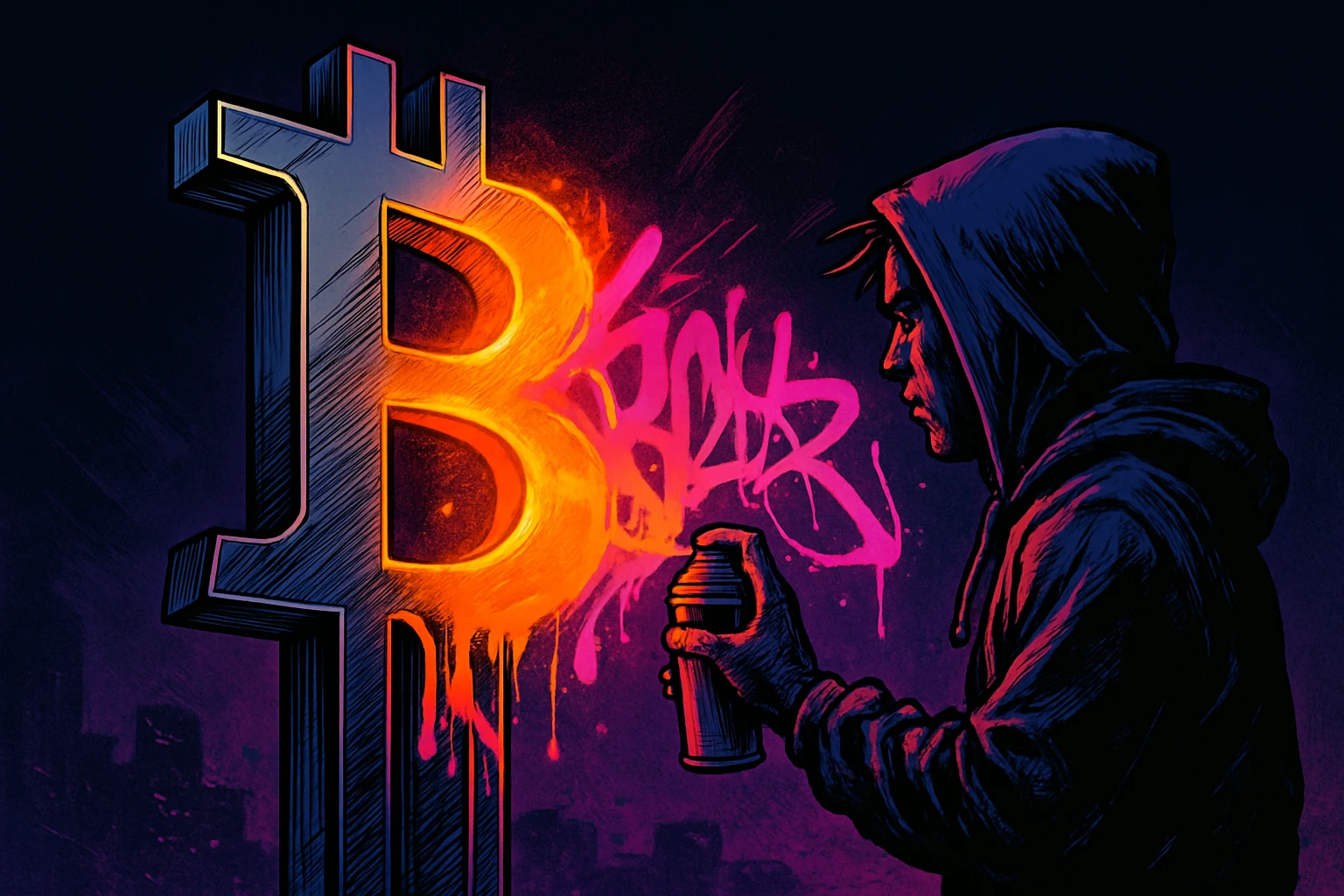Galaxy executive Thomas Cowan pointed out that tokenization has decoupled from Bitcoin’s price movement, attracting institutions to deploy it with efficiency and cost as the core focus, and the market potential is expected to reach trillions of dollars
![图片[1]-Galaxy executives: The tokenization wave has moved away from Bitcoin, ushering in an era unrelated to BTC prices.-OzABC](https://www.ozabc.com/wp-content/uploads/galaxy-tokenization-shift-2025-800x533.webp)
existIn a conference hall in Manhattan, New York, Thomas Cowan, head of tokenization at Galaxy Digital, delivered a statement to hundreds of asset managers at The Bridge event: “We are entering a time when we are almost unrelated to the price of Bitcoin.” This statement completely severed the connection between blockchain technology and market trends over the past decade, and also marked a transformation brewing from within Wall Street: moving physical assets onto the blockchain, turning securities, funds, and even real estate into tokens that can be traded 24/7.
In the past, “expansion during bull markets and freezing during bear markets” was almost the fate of blockchain teams. Cowan, however, points out that this time the focus is no longer on price, but on the efficiency brought by the technology itself.
“People see that blockchain can better move and store traditional financial assets,”
He mentioned that for institutions that plan capital allocation on a decades-long basis, tokenization is defined as back-end infrastructure rather than a short-term speculative tool, which means that resource investment will be more stable and longer-term.
Efficiency, cost, and liquidity: the three major incentives for tokenization
The appeal of tokenization can be summarized in one sentence: “better, faster, and cheaper.” Blockchain can shorten the settlement process from T+1 or even T+2 to T+0, reducing counterparty risk. On-chain transparency automates auditing and compliance operations. According to a survey of institutional investors , more than half of the respondents believe that increased transparency is the biggest benefit. Nearly half of the respondents predict that operating costs can eventually be reduced by more than 40%.
More importantly, there’s the issue of liquidity. Private equity or real estate that was previously difficult to dilute and trade can now be “sliced” and sold after tokenization, lowering the investment threshold and allowing for 24/7 trading on the secondary market, injecting new life into previously static assets. With the implementation of the US stablecoin bill, funds first flow to risk-free yield instruments, and then naturally extend to tokenized money market funds, forming a complete yield curve.
Wall Street Labs: BUIDL, Solana, and 24/7 Settlement
The concept has been rapidly implemented. BlackRock’s USD Digital Liquidity Fund (BUIDL) , launched in 2024 , had accumulated $2.3 billion in assets by August of this year, demonstrating a significant influx of institutional funds. JPMorgan Chase is also piloting tokenized lifecycle management, covering everything from issuance to settlement and liquidation in one go.
Galaxy Digital has also partnered with Superstate to move Nasdaq-listed company stocks onto the Solana blockchain, providing near-instantaneous 24/7 settlement services. CEO Mike Novogratz said:
“We want to bring transparency and programmability into traditional finance.”
A Broadridge survey shows that 63% of custodians have already offered tokenization services, while among asset management companies, 15% have launched related funds, and another 41% plan to follow suit.
Scale and Regulation: How a Trillion-Dollar Blue Ocean Takes Shape
Regulation remains the biggest variable. In the survey, 49% of organizations cited regulatory uncertainty as a primary concern, leading most to choose to collaborate with existing intermediaries rather than jumping directly to decentralized platforms. However, programmable compliance has made “compliance as code” possible, reducing traditional compliance costs.
The market potential is enormous. Standard Chartered estimates that demand for tokenized assets could reach $30.1 trillion by 2034. Most surveyed institutions expect that by 2030, 10% to nearly 40% of their portfolios will be held in token form. Cowan brings the timeline even closer:
“Invest now, and you’ll see it really happen in the next few years.”
From Galaxy’s on-chain stocks to BlackRock’s multi-billion dollar liquidity fund, these cases are proving that tokenization has transcended its role as a crypto appendage and is becoming the next building block in financial infrastructure. As regulations become clearer and technology matures, institutions’ instinct to pursue “better, faster, and cheaper” is propelling this technology into a trillion-dollar blue ocean market. The new normal on Wall Street may begin with moving assets onto the blockchain.

















